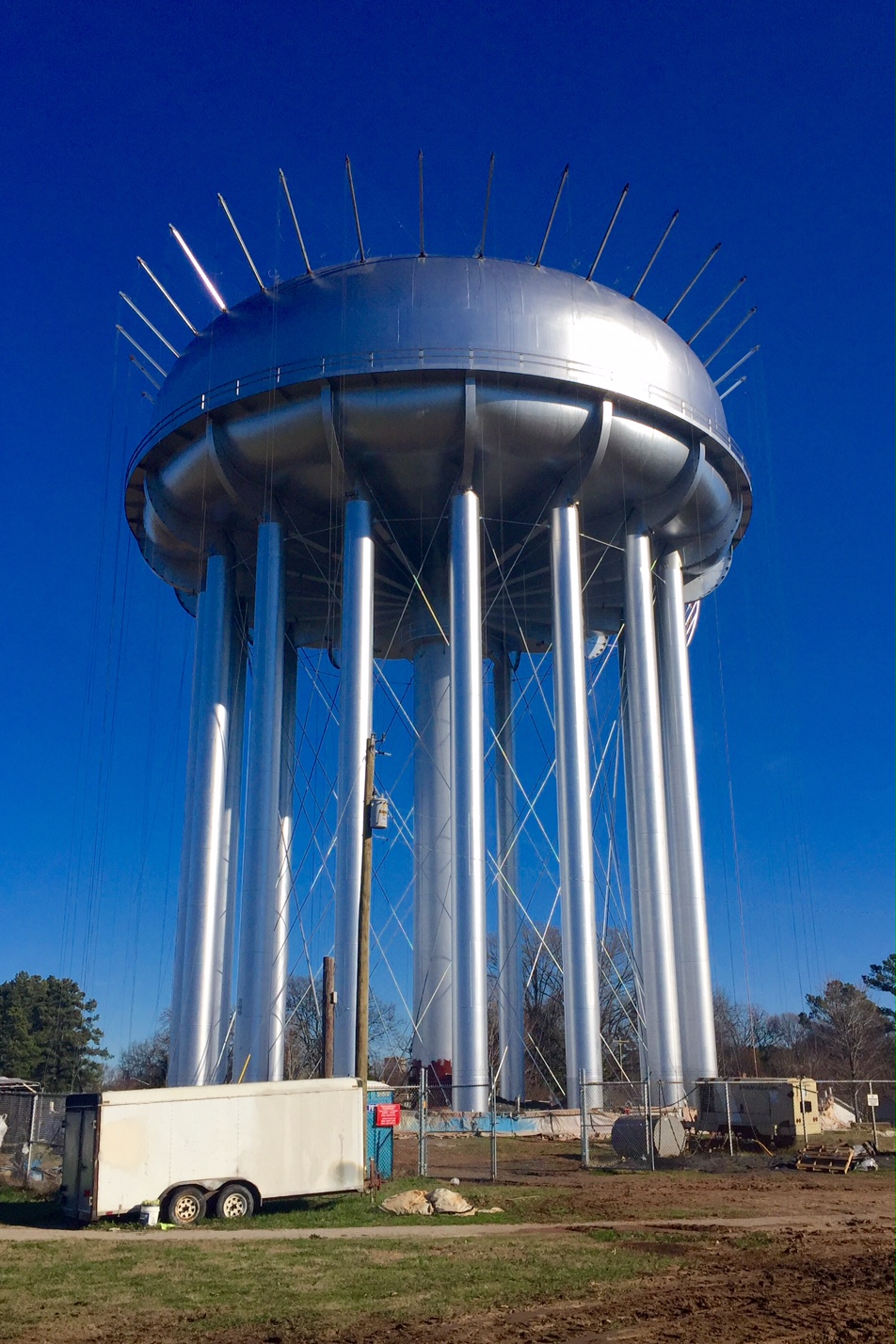By: William Seawell, Induron Technical Service Manager
 According to a study conducted by NACE in 2013, corrosion was responsible for roughly $2.5 trillion in damage, lost productivity, opportunity cost and maintenance cost globally–the equivalent of about 3.4 percent of the entire global GDP.
According to a study conducted by NACE in 2013, corrosion was responsible for roughly $2.5 trillion in damage, lost productivity, opportunity cost and maintenance cost globally–the equivalent of about 3.4 percent of the entire global GDP.
Every year many companies across all industries spend large sums of money to coat their ferrous metal assets to minimize their fraction of that $2.5 trillion dollars and continue their daily operations unhindered by avoidable corrosion induced damages.
But, why is coating steel necessary? What best practices can companies pursue to maximize the asset’s lifetime and minimize the cost of coating systems?
Why is coating steel necessary?
Ferrous metals, and carbon steel in particular, have a life cycle that begins and ends in iron oxide. Iron oxide minerals are reduced to metallic iron in blast furnaces in the process of producing finished steel. The moment that steel is produced it immediately begins re-oxidizing to its chemically “preferred” state of iron oxide.
This is an electrochemical process (a process involving the transfer of electrons between chemical species). As such, the process can only occur when all the elements of an electrochemical cell are in place–a cathode and an anode, a conductive pathway between the two, an electrolyte and an oxidizing agent. In the case of corroding carbon steel, these elements are assigned as follows:
- Cathode – the bulk steel itself
- Anode – the area of the steel actively being corroded
- Conductive pathway – the bulk steel itself
- Electrolyte – atmospheric water and any soluble salts contained in it
- Oxidizing agent – atmospheric oxygen
This process can be stopped in a variety of ways. Protective coatings typically prevent corrosion by interrupting the interaction between atmospheric oxygen and the underlying steel. The coating provides a physical barrier between the steel and the oxygen.
However, corrosion CAN (and does) happen on coated steel. How? The process is imperfect. Soluble salts, water, and oxygen are on the surface of the steel at the time of coating and continue to cause damage beneath the newly installed film. This damage can be largely mitigated through abrasive blasting and other surface preparation methods. A SSPC SP-6 blast will largely remove any actively anodic areas on the steel, and hopefully, remove any embedded soluble salts. The surface preparation itself is actually the primary driver in stopping corrosion.
How to maximize the asset’s lifetime and minimize the cost of coating systems
Coatings are a means of preserving the state of a well-done surface preparation. This is counterintuitive because most people think of surface preparation as a means of facilitating coating, right?
While this is also true with respect to corrosion protection (aesthetics aside), coatings are primarily a way to preserve a blast. Before embarking on any industrial coatings job, be sure to contact subject matter experts on what surface preparation methods will be required for a given coating in a given service. It absolutely matters and is arguably the entire reason for coating to begin with!
Contact Induron Protective Coatings for Corrosion Protection
With decades of experience providing coatings for valuable steel assets, Induron has the best coating for the corrosion protection you need and expect. Plus, our ceramic epoxy technology is cost equivalent to–if not cheaper than–what you’re doing now. We offer Reliable Protection Through Innovative Coatings. Contact us today!




